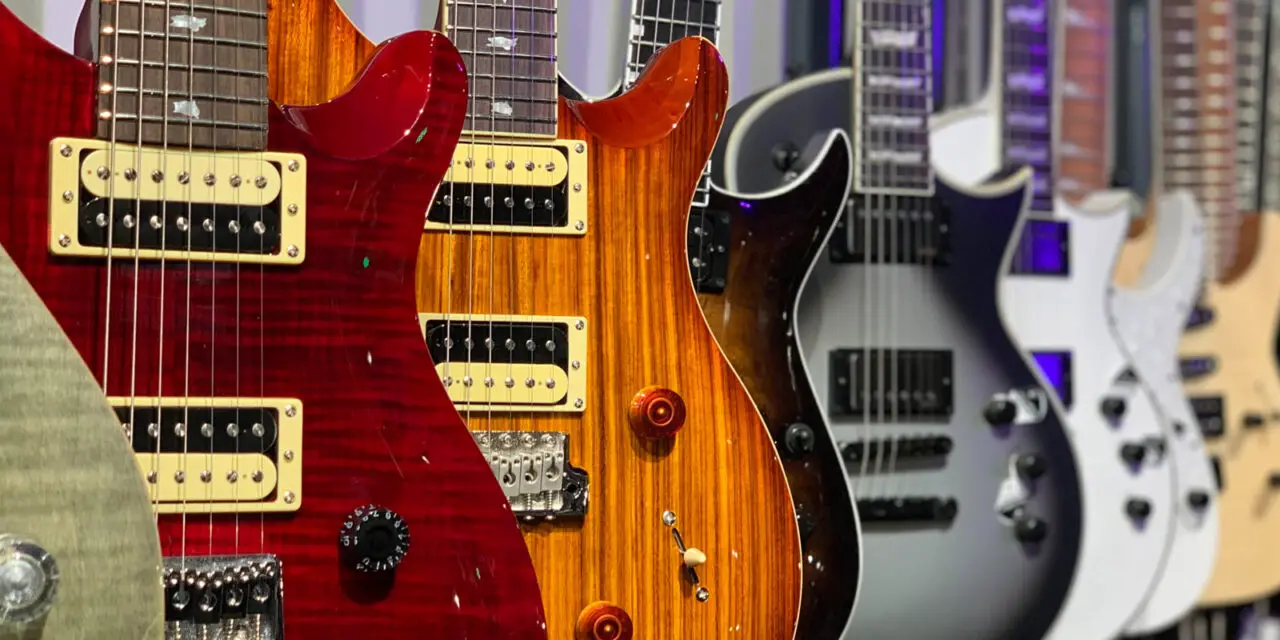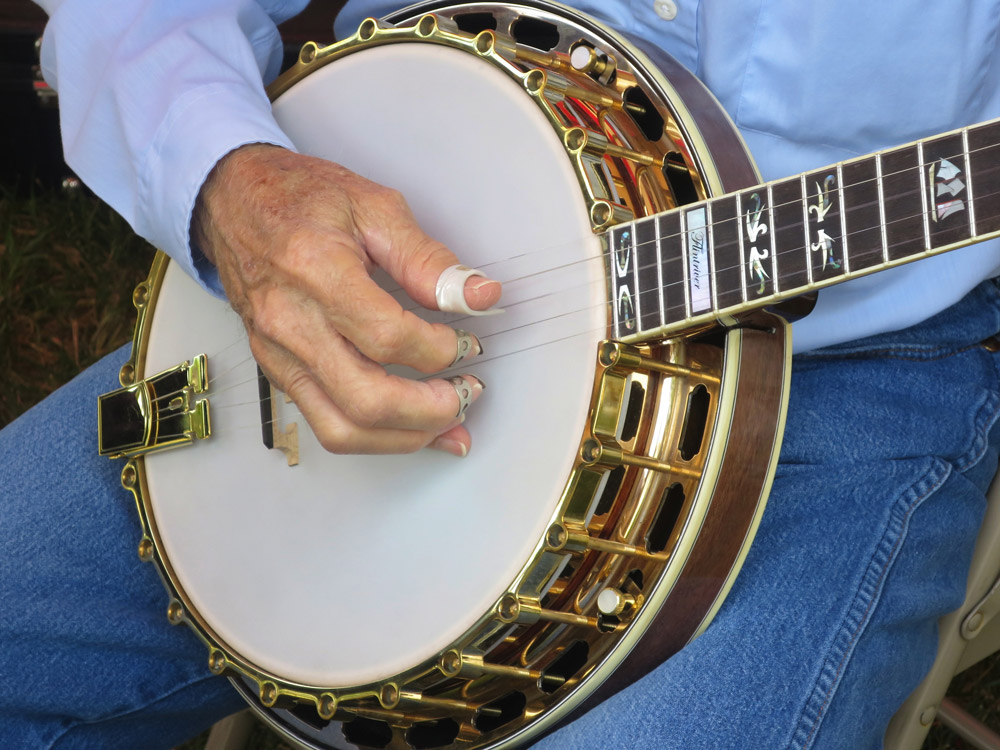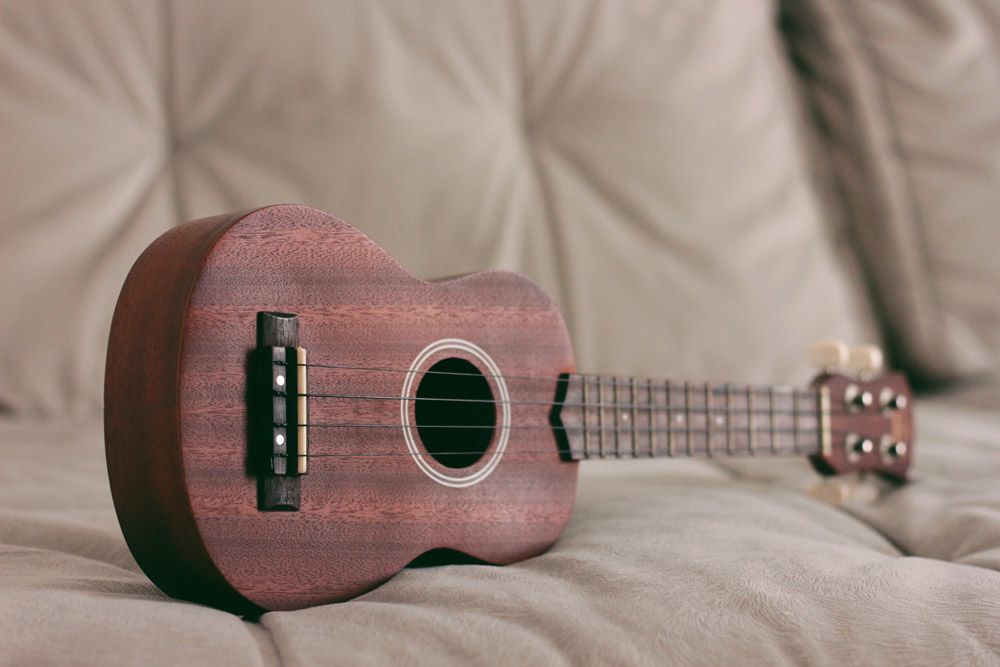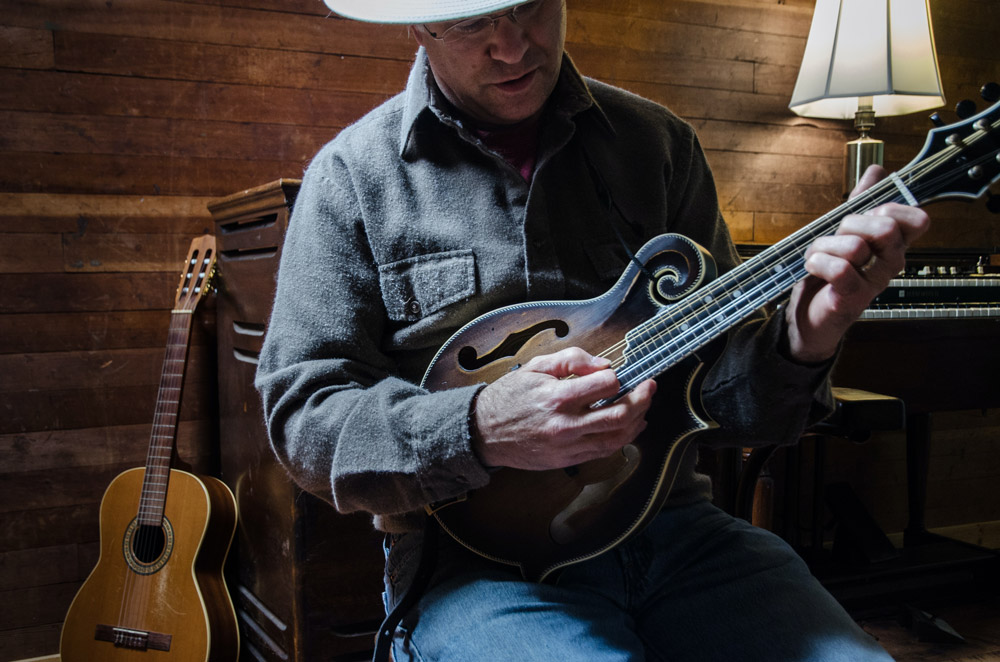People may have different cultures, backgrounds, and native tongues, yet somehow, everyone appreciates good music even if they don’t understand the lyrics. Aside from the melody, it is largely due to the accompanying musical instruments, which make for a richer and fuller sound. They create a universal language that breaks normal communication barriers as they awaken the most deep-seated human emotions and familiar sensations. We can feel what it conveys because it impacts us in far-ranging ways.
There are over hundreds of types of musical instruments in existence, each having an inherently distinct sound that may appeal to a few or more listeners. Over centuries, playing them has become a creative form of self-expression in various styles. They provide an outlet for many or simply serve as entertainment or a way to relax and de-stress. Some musical instruments can mimic naturally occurring sounds, while all of them are capable of creating their own.
Beginnings of musical instruments in the US
It’s safe to say that American instruments have shaped how we appreciate music throughout the years. Back in the day, indigenous peoples had instruments carved out in wood and other natural materials.
Not only did they produce pleasing sounds, but they also bore intricate designs that reflect their high regard for such instruments. Often they have symbolic significance with the use of religious references and cultural depictions.
Although the first musical instruments, such as the flute, came about many millennia ago, they innovated, if not invented, several pieces like the harmonica and tuba in the 19th century. They were brought to North America from different parts of the world, such as Africa, Europe, and Asia, and adapted to the Western culture.
Colonial music included dance tunes, ballads, religious hymns, folk songs, etc. Different musical instruments interpreted these sounds, which eventually gave rise to multiple styles or genres.
During the Revolution, violins and fiddles were very popular, which appealed to people from all walks of life. It didn’t matter if you were a slave or the American president since their prices ranged from cheap to expensive at the time (and still are).
On the other hand, not all women had the liberty to play a musical instrument of their choice, which depended on one’s reputation. Only the wealthy and sophisticated women had access to harpsichords and English guitars that they played when entertaining family and friends. Harps also became a thing, followed by trumpets, French horns, clarinets, etc.
North American instruments
From Accordion to Zither, in reality, no one knows how many types of musical instruments there are around the world. Nonetheless, various instruments that remain popular were invented and enhanced in North America. Let’s take a look at some of them.
Banjo
The banjo is the quintessential American instrument that has greatly impacted our music today. But when you think about it, when do you ever see it being played in major events, a concert even? You are likely listening to an indie-folk band if it does. However, there are attempts to revive its popularity, blending it into modern country music alongside electronic beats.
We can trace the early influences of the banjo from Africa, where its “relatives” such as the Akonting and Xalam were born and share its fundamental design. The banjo went through different phases until after the Civil War when the five-string version and other improvements ensued.
Bass guitar
One of the most popular American instruments, but no, guitars were not conceived in North America. However, its several variants were such as the bass and electric guitars. The bass guitar has the lowest pitch and a longer neck than other guitar types. It was invented sometime in the 30s in Seattle, Washington. The iconic Fender electric bass guitar was mass-produced in the 50s and considered revolutionary, and continues to rock out gigs today.
Electric guitar
This type of guitar produces sounds from electric signals and requires external amplification. Thus, you can alter the sound electronically to develop a range of tones and timbres. Jazz guitar artists used them in the beginning for guitar solos. Later, it became more versatile, covering a variety of musical styles from blues to rock that spawned other types of music like heavy metal. The electric guitar would usually provide the rhythm, riffs, and melodies in popular music.
Ukulele
Just like the guitar, the ukulele was also brought in by immigrants. It was originally from Portugal but was refined and popularized in Hawaii. Part of the lute family, this American instrument uses four nylon strings. It is much smaller and has a mellow sound quality than a classical guitar. There are several types of ukulele, four of which are the soprano, concert, baritone, and tenor. Following the 60s, the ukulele’s popularity waned until the 90s, when it resurfaced among many new musicians.
Glass harmonica
The mechanical version of this historical instrument was invented in 1761 by Benjamin Franklin, among his other innovations. He described it as sweet-sounding and named it armonica. Delicate as it is, a glass harmonica consists of a series of different-sized glass bowls that create sounds by friction. It should not be confused with a harmonica, an entirely different instrument. Musical greats such as Mozart and Beethoven have written compositions with this instrument, although it was never widely used. Later on, despite its gentle vibrato, the tones of the glass harmonica were deemed to harm one’s mental health. There were also allegations of lead poisoning from touching the glass, which had lead content.
Gibson mandolin
Although the mandolin was invented in Europe, Italian immigrants brought it to America in the late 1800s. It became wildly popular when Spanish students played it during a tour performance. Once it caught on, the Gibson company made major improvements to the design. They added f-holes and developed the archtop and f styles. Today, it may not be as well-used as the guitar, but it remains a fixture in the music scene.
American music styles
American music is reflective of its diverse population. The early 20th century saw the popularity of American-recorded music across the world. Earlier, the native Americans were our first musicians, drawing inspiration from other cultures with immigrants coming in from Europe and Africa.
Jazz
Truly American-made jazz music started in New Orleans until it spread to concert halls and music festivals worldwide.
We all have to thank Louis Armstrong, hailed as the father of jazz improvisation due to his extensive use of trumpet solos. Other great jazz musicians include Billie Holiday, Duke Ellington, and Ella Fitzgerald. Jazz is rather hard to define, given its much broader style and complexity. It has syncopated rhythms, sophisticated harmonies, deliberate pitch distortions, and heavy improvisation. American instruments commonly used in jazz ensembles include guitar, saxophone, trombone, keyboard, and bass.
Blues
Blues is the consummate American – it is a melding of call-and-response patterns, dissonant harmonies, chord progressions, walking bass, and pitches in sandwiched tones. This musical style is about chasing the blues away initially but evolved by encompassing a range of emotions and subjects. Blues came after the Civil War in the Deep South and was heavily impacted by African-American songs. Although it can be easily mistaken as jazz given their similarities, you can distinguish them from one another, with blues having more solo vocals alongside a defined chord progression.
Country
Country music is a mix of Appalachian folk, ballad, and honky tonk that began in the 1920s. It graduated from being hillbilly music to the mainstream and has enjoyed tremendous popularity to this day. Many country songs have topped overall music charts, often beating pop music. Country music possesses simple harmonies paired with precise rhythms. It involves using acoustic and electric guitars, harmonicas, and banjos. Early country musicians shied away from drums; however, that changed when Bob Wills started adding them to his arrangement.
Rock and roll
American music wouldn’t become what it is today without rock and roll. But by itself, it is derived from other musical styles such as rhythm and blues, up-tempo jazz, and country, among many others. In the beginning, it was categorized under r&b and had a predominantly black audience, and eventually appealed to white teenagers. Soon after, white musicians like Elvis Presley, Jerry Lee Lewis, and Johnnie Ray were at the forefront of rock and roll, transforming it from an R&B offshoot to its own music style.
Bluegrass
Bluegrass is a style of music that began in the early 1940s in the Appalachian region. Although it is rooted in traditional blues, it also has Scottish, English, and Irish influences. The term is derived from Bill Monroe’s band, the Blue Grass Boys, and consequently regarded as the father of bluegrass music. Bluegrass music uses acoustic stringed instruments and highlights off-beat timing like blues music. However, the notes in the latter are rather anticipated, and bluegrass musicians usually play around the melody by improvising it. Country music is also often associated with it, but bluegrass is heavy on acoustic instrumentation, making it sound different. If at all, it comes across more like folk music.
Classification of American instruments
While Native Americans used to organize musical instruments their way, scholars have formally assigned four categories: idiophones, aerophones, membranophones, and chordophones, based on the physical attributes and how the instrument produces sound. More recently, electrophones have been added and acknowledged as a new classification. They include electric guitars, synthesizers, and other electronically amplified instruments.
Idiophones
There are instruments where hitting or shaking them creates vibrations that produce a musical sound. They are classified as idiophones and cover the most number of musical instruments. Typical idiophones are tambourines, gongs, cymbals, xylophones, etc. These instruments do not include those with membranes and strings as they belong to another classification.
Idiophones are usually made from various materials, including natural and synthetic, like bamboo and PUV. For many years, Southeastern natives would use turtle shells as leg rattles. They also place pebbles in aluminum cans to create lively sounds during ceremonial dances. Hence, it’s quite easy to make your own idiophone. You can grab a glass and a metal spoon to strike it with, and voila, you have just produced a simple idiophone instrument!
Aerophones
Based on its prefix, aerophones are musical instruments that generate sound by blowing air, but without strings and membranes like membranophones. There is also the absence of vibrations of idiophones. Flutes, harmonicas, and whistles easily come to mind, and the big horns like tubas, bagpipes, and saxophones. They are tubular vessels made of natural materials such as wood, bamboo, and clay that a player blows air into, while the horn types are metal. A flute has finger holes that vary the sound whether you block them with your finger while leaving another open.
In earlier times, healing practices used bullroarers whirled through the air to create a whirring sound. For Arctic inhabitants, they help harden snow to facilitate traveling on foot. Southwestern Americans do the opposite because they use bullroarers during the hot season, which they believe can induce rain.
Membranophones
Membranophones also produce sound when they are hit on a stretched membrane covering their frame. Easily, drums are the archetypal membranophones and are treated as a subcategory. You have all sorts of drums such as congas, bass drums, bongos, timpani, and others.
Drums could be any of three things: single-headed, double-headed, and kettledrums. Both single and double drum heads are struck vertically, while kettledrums are played by hitting their horizontal surface. Many rituals and traditional practices are conducted using drums to generate a powerful sound. Meanwhile, they would use animal skin such as deer hide on single drum heads.
Chordophones
Chordophones have stretched out strings that vibrate when struck, thereby producing sound. The chord is actually a Greek word that means string. Hence, chordophones are also referenced as string instruments consisting of lutes, musical bows, lyres, harps, and zithers. Aside from having strings, these instruments also possess a resonator that amplifies the sound they produce.
Native Americans do not commonly use these stringed musical instruments, but American Indians enhanced several chordophones based on earlier European models. One of them is the famous guitar. Other chordophones include the violin, mandolin, and viola, among others.












